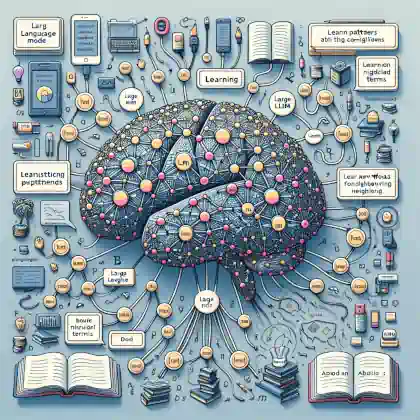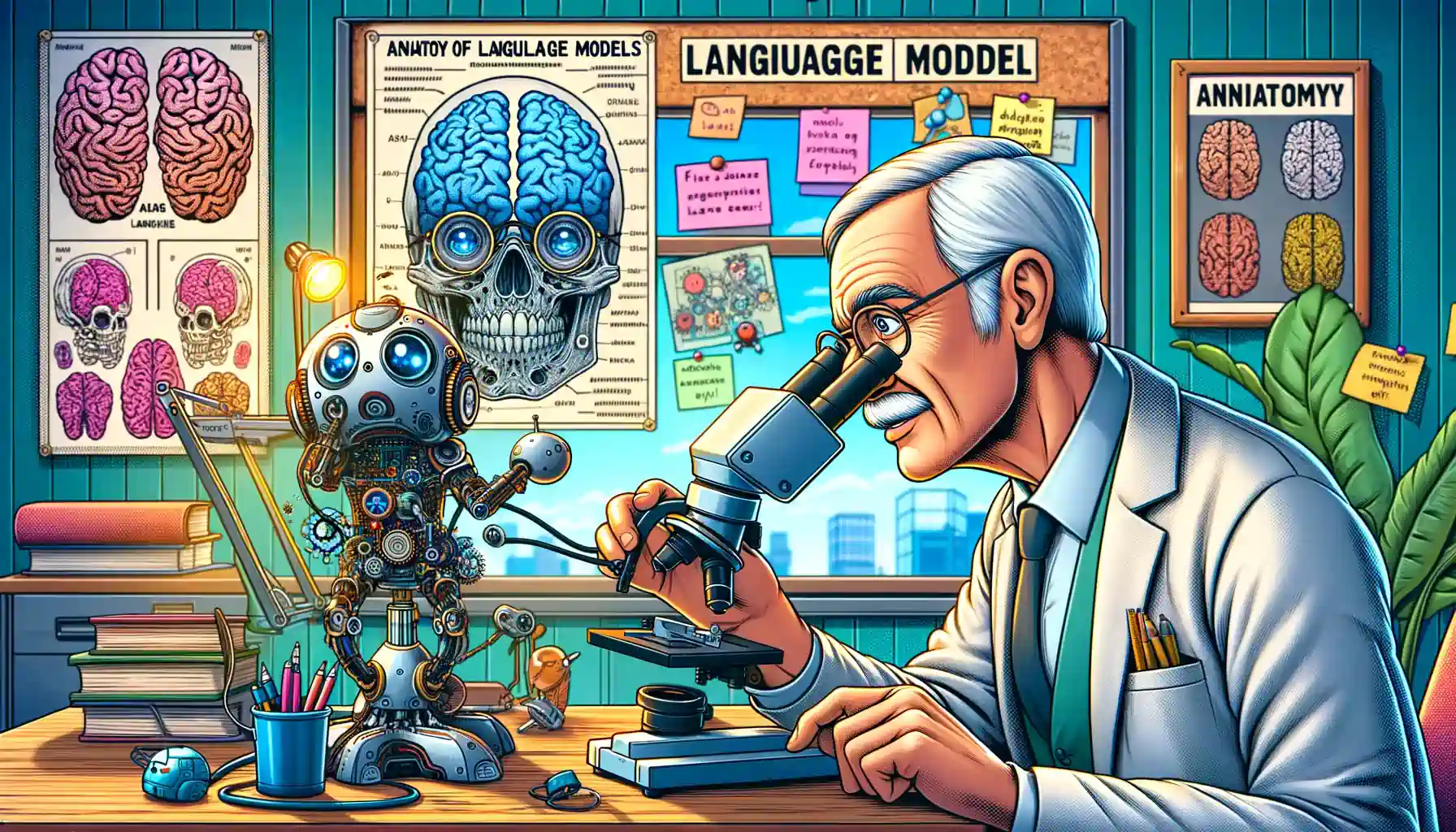"Let me tell you about the time Claude wrote me an entire opera script."
An unusually imaginative request, I idly wondered what an opera composed by Claude might look like. What resulted was a 3,000-word original libretto, filled with vivid characters, emotional duets, and dramatic twists that unfolded over five acts into a surprisingly coherent narrative. I was stunned and delighted. Claude demonstrated an adept mastery of context, subtext, and lyrical composition to produce a creative output beyond my expectations.
This experience embodies the immense promise of large language models (LLMs) like Claude. With their growing ability to generate rich and bounded language, where does context fit in? How do these models intuitively construct underlying meaning to turn generalized instructions into customized output?
In this five-part series, we'll explore the critical role context plays in enabling LLMs to parse nuanced human queries and craft appropriate responses. We'll look at how contextual understanding lies at the heart of AI's communicative capabilities, with profound implications for fields ranging from creative writing to customer service and beyond.
By the end of this series, you'll have a solid, yet dynamic overview of the centrality of context to the current and future trajectory of language AI. Let's begin by deciphering the contextual capabilities that allow Claude to manifest entire opera worlds from sparse prompts!
What are Large Language Models?
Large Language Models (LLMs) represent a revolutionary milestone in natural language AI. Simply put, they are machine learning systems trained on large datasets to generate language similar to that produced by humans. But how do they develop this linguistic capability? How can AI models capture the nuances of our complex human speech? The answer lies in scale.
LLMs contain billions of parameters derived from the ingestion of massive text corps spanning diverse web content, books, and academic texts. For example, papers from arXiv, Wikipedia, and digitized books totaling over a trillion words. This immense volume of text provides LLMs with an "understanding" of language by illustrating how we as humans construct, structure, and use language in myriad contexts. This allows LLMs not only to generate coherent language, but also to perform context-aware tasks such as classification, summarization, sentiment analysis, and more.
Familiar names at the forefront of the large language model space include
- GPT-3: Launched by OpenAI in 2020, GPT-3 boasts 175 billion parameters and has spearheaded the public realization of the transformative potential of LLMs.
- Claude: Claude, designed by Anthropic to serve helpfully, harmlessly, and honestly. My architecture incorporates constitutional AI for enhanced security.
- PaLM: A recent LLM from Google Brain that contains 540 billion parameters and demonstrates state-of-the-art performance on natural language tasks.
- OPT: A proportionally smaller model created by Meta/Facebook that emphasizes efficient training of LLMs.
LLMs have advanced rapidly, with commercial models often measured in billions or trillions of parameters. But multi-billion parameter models such as GPT-3 and PaLM still represent only a fraction of the model capacity that scientists estimate is needed to match human competence in most language skills. As such, LLMs will continue to get bigger-and hopefully better-for years to come.
LLM Capabilities and Applications
The applications derived from large language models' extensive assimilation of linguistic data are numerous. Core capabilities that are driving innovative implementations include
- Text generation: LLMs can generate coherent, nuanced, and logically structured language.This powers creative applications like Claude, which helped me write this very blog post!It also enables features like auto-completion of sentences while typing emails.
- Answering questions: LLMs excel at harvesting knowledge from their training data to infer correct answers in various domains. Everyday question answering helps users access information quickly.
- Summarization: LLMs can digest longer content, such as articles or documents, and synthesize key points into coherent summaries. This saves an enormous amount of time that would otherwise be spent reading the full text.
- Classification/Sentiment Analysis: Understanding language also means interpreting emotional sentiment or categorizing text by topic. LLMs classify tone, detect harmful content, and more.
- Translation: Access to multilingual data makes it possible to translate text between languages with increased context, nuance, and accuracy.
These capabilities have enabled implementations of LLMs across industries, including
- Business/Finance: Analyzing earnings reports, extracting business insights from news, generating content
- Education: Automated grading of essay responses, providing feedback, enhancing personalized learning
- Healthcare: Classify patient symptoms, summarize medical records, suggest diagnoses
- Creative applications: Create original poetry/prose, compose lyrics, generate plot outlines
- Customer service: Respond to buyer queries with tailored answers, upsell recommendations
The potential seems endless as these models continue to learn the intricacies of language. Which brings us to our next key question...
The critical role of context
While raw model size and dataset scale set large language models up for success, simply ingesting piles of data cannot fully replicate human comprehension. Truly mastering tasks requires not just statistical associations between words, but hierarchical and nuanced understanding of language in context.
We intuitively parse meaning from text/speech based on contexts such as conversation topic, speaker sentiment, situational background, and shared cultural knowledge. Large language models must rely entirely on digitized training data to somehow embed similar inference capabilities. Getting this right remains the central challenge in advancing LLMs toward artful, prosocial, and productive applications.
Glossary of key terms
- Large Language Models (LLMs): Machine learning systems trained on vast text datasets to generate coherent language and conduct language-related tasks. Prominent examples include GPT-3, Claude, PaLM.
- Parameters: The internal trainable weights within a machine learning model that determine its capabilities. LLMs may have hundreds of billions to trillions of parameters.

- Training Data: The text corpuses, like news articles, Wikipedia, books, etc. that the LLM “reads” to learn language structure and content. Models are exposed to billions/trillions of words.
- Text Generation: The ability to produce original, nuanced language like sentences or whole passages on a given topic conditioned by a user prompt or examples.
- Question Answering (QA): When the LLM can provide accurate answers to natural language questions posed by users based on knowledge obtained from its training data.
- Summarization: Condensing longer content like documents or articles into shorter paragraphs or few key sentences that capture the most salient information.
- Classification: Categorizing text into predefined groups or labels. For example, detecting positive/negative sentiment in a movie review.
- Translation: Converting text from one human language to another while preserving meaning and contextual nuances. The LLM learns mappings between languages in its training data.
- Implementation: The integration of LLMs into real-world systems and workflows to provide capabilities like text generation, QA, search relevance, and more to end-users.
- Context: The circumstances, background, tone, or other situational or linguistic factors surrounding a text excerpt that inform its underlying meaning and impact the reader’s interpretation.
